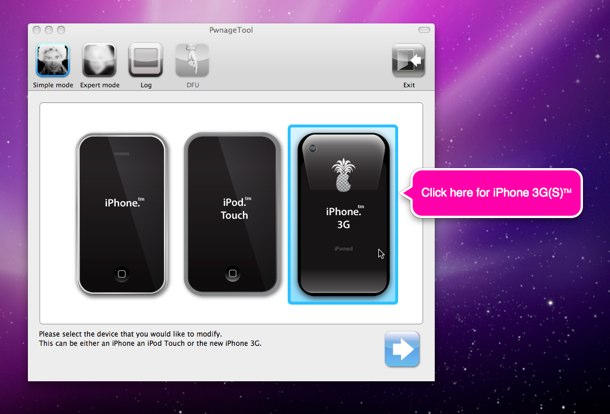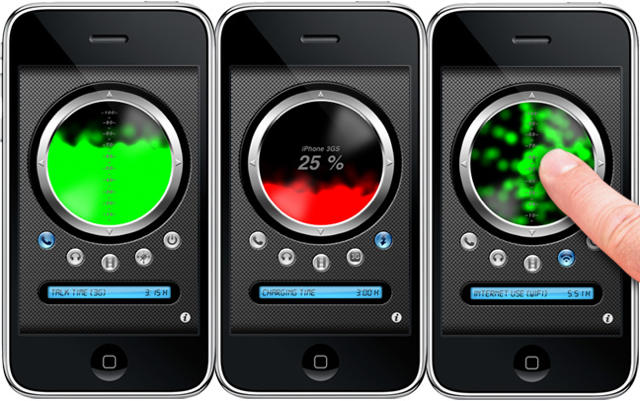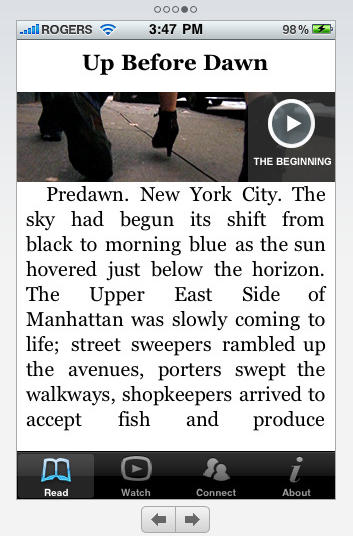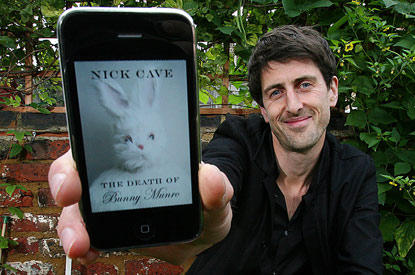We’ve written about a number of incidents where a waterproof iPhone would come in handy, including accidental pool dunking and a few protective devices. But do you really need a USB hard drive that’ll pass military water-proof and shock-proof tests? That’s seems to be the selling point of A-Data’s SH93.
The SH93 (no price yet) claims to withstand water for 30 minutes at a depth of 1 meter. Additionally, the hard drive, which is available in 250GB, 320 GB, 500GB and 640GB capacity, has passed the military’s drop test. Although the unit has passed the military’s tests, A-Data notes there is no guarantee that the hard drive or data won’t be lost – and urges consumers not to splash water on the drive, just to verify that waterproof claim.
The claims of shock and water protection for hard drives is akin to the car commercials illustrating automobiles climbing mountains, running rings of fire and other hazards unlikely to be encountered while driving to the corner grocer.
As for useful features, the hard drive is equipped with rugged rubber outer protection, a USB cord that can be wrapped around the case and a cold blue LED.
[Via Gadget Lab]

























